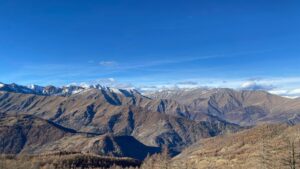Abstract/Description
Protected Areas in the Dinaric Mountain range face their own challenges, which have changed over time in line with political and socio-cultural development of the Western Balkans area. The protection efforts began at the end of the 19th century aiming to protect certain small areas representing scenic landscapes or with significant cultural values. During the 20th century with the increase in scientific knowledge about nature, the purpose of protection transformed into more ecological approach. Nowadays, maintaining sustainability is the most often claimed aim in relation to protected areas in the Dinaric Mountain range. Number and size of protected areas has been relatively modest, but during recent decades it has increased progressively. In the past, the main challenges were the creation of institutions, legal framework and establishment of protected areas. Today, the increase in the number of protected areas poses new challenges to be met in the region. The role of protected areas is being transformed and reinterpreted by development in national policies as well as in local economic activities that impact their sustainable management and functioning of local communities. Addressing these challenges requires a more holistic approach crossing cultural and political borders among nations and communities in the region. Combining the already established top-down management strategy with a bottom-up approach should help in addressing these challenges. Involving local communities in the management process will make them more aware of the heritage in protected areas, encouraging them to actively participate in conservation efforts.


